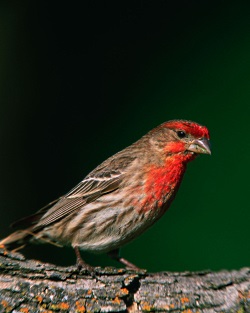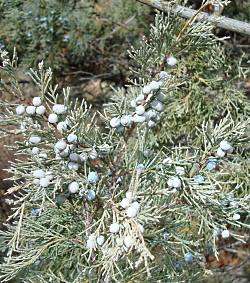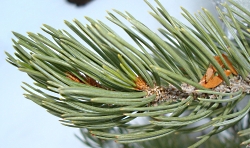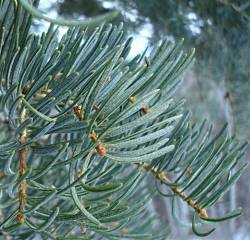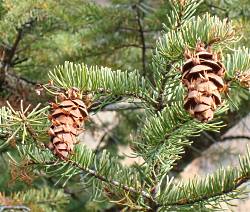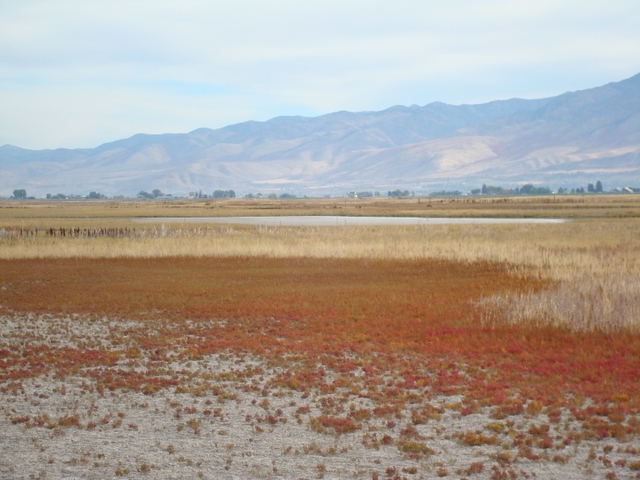
Courtesy & Copyright 2010 Linda Kervin
Utah’s mountains and foothills blaze with the brilliant foliar colors of aspens, maples, sumacs and more. But autumn colors can be found in less likely habitats too, even across our flat, desolate salt pans. There the usually drab stage has been given a splash of deep, dusty rose color by its sole botanical performers, the pickleweeds.
Also known as glassworts or samphire, our two species of pickleweed are in the genus Salicornia. They belong to the same plant family as beets, chard and spinach., but you’d never guess that from their appearance. The ankle-high Salicornia’s leaves are reduced to tiny scales that hug the green, branching, cylindrical stems. Pickleweeds are halophytic, or salt loving. Due to their unique physiology, they can thrive in extremely saline environments that kill normal plants. Pickleweed roots filter out some of the salt before it can move into the plant. The remaining excess salt is stored in balloon-like cavities in their cells called vacuoles. When its vacuole is full, a cell ruptures, and newer younger cells continue to accumulate incoming salt.
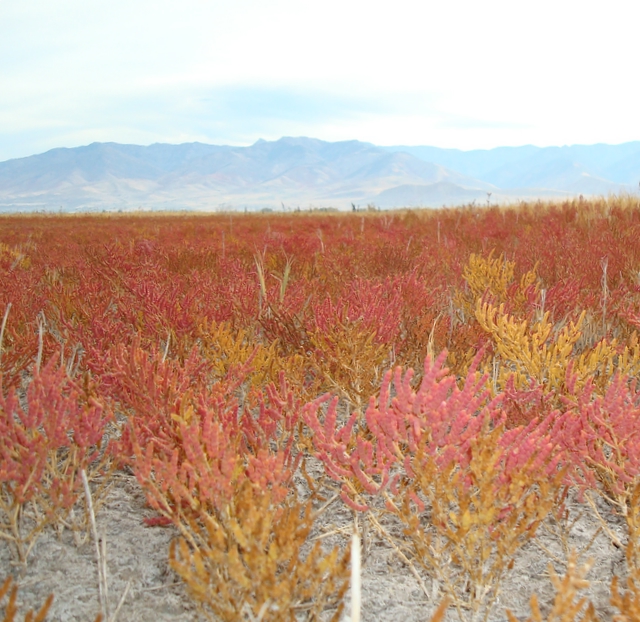
Courtesy & Copyright 2010 Linda Kervin
The common name, pickleweed, derives from the taste of the salt stored in the vacuoles of the succulent, crisp stems. You may be surprised to learn that gourmet websites report that pickleweeds are all the rage in Europe as a salad garnish or pickled vegetable.
[Kevin Colver recording: Songbirds of the Southwestern Canyon Country]
In the Great Basin, winter flocks of Horned Larks forage in the snow for Salicornia’s tiny oil-rich seeds as do other birds. The seeds’ proteins and oils are valuable dietary supplement in the sparse salt pan habitat where the picklweed’s unique physiological adaptations allow them to thrive. If your travels this fall take you by a salt pan, take the time to enjoy the rosy glow of the humble pickleweed or view pictures on the Wild About Utah website.

Courtesy & Copyright 2010 Linda Kervin
This is Linda Kervin for Bridgerland Audubon Society.
Credits:
Photos: Courtesy & Copyright Linda Kervin
Text: Jim Cane and Linda Kervin, Bridgerland Audubon Society
Additional Reading:
https://plants.usda.gov/java/profile?symbol=SALIC
https://en.wikipedia.org/wiki/Salicornia_oil
https://www.efloras.org/florataxon.aspx?flora_id=1&taxon_id=129055
https://people.westminstercollege.edu/faculty/tharrison/gslplaya99/pickleweed.htm

